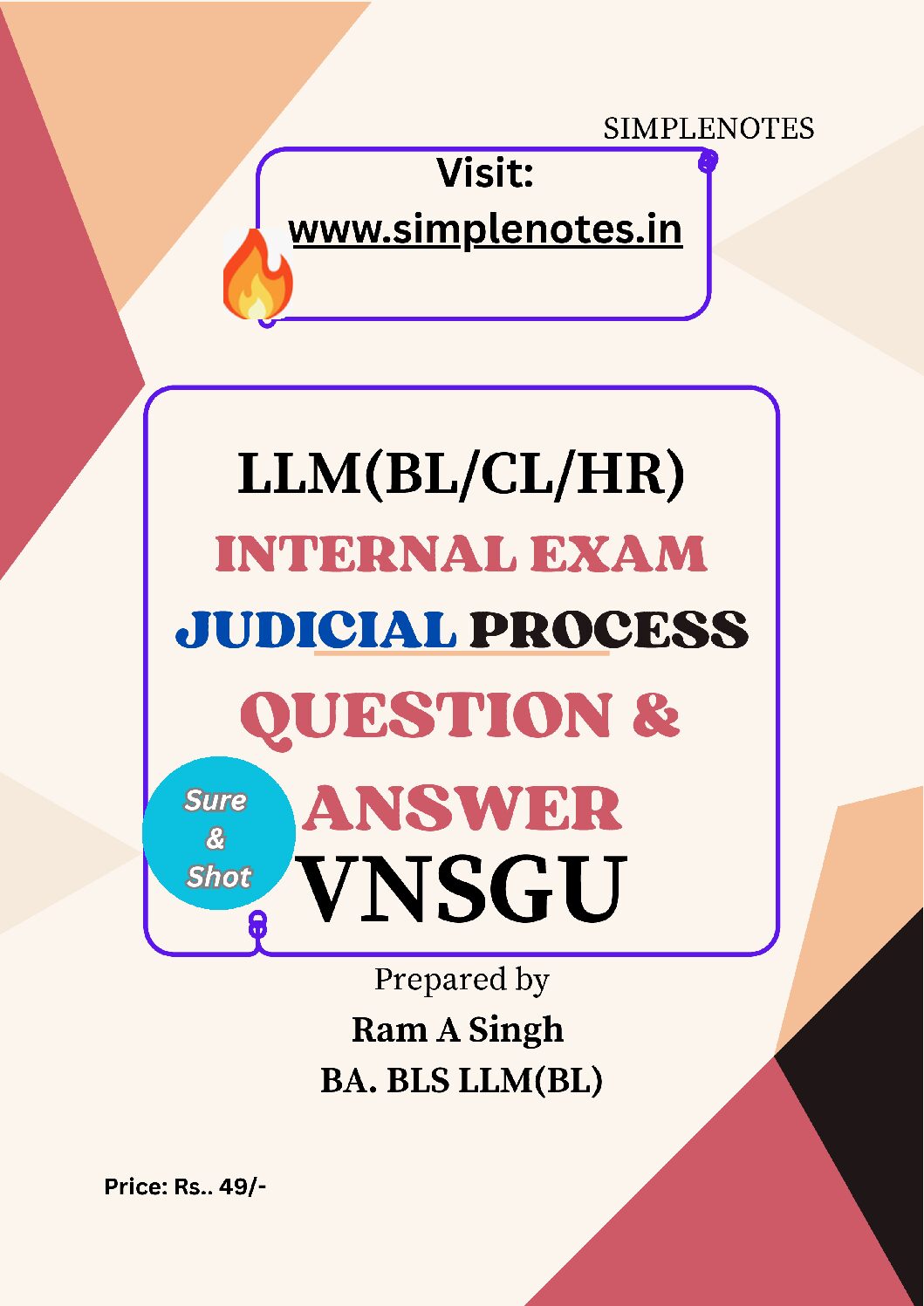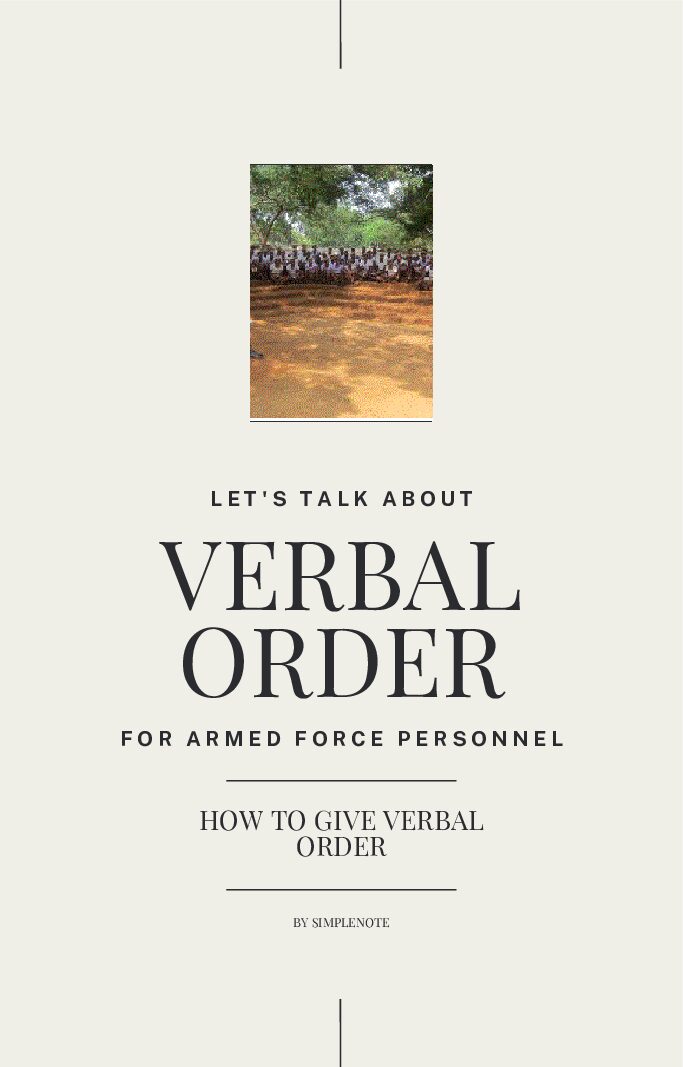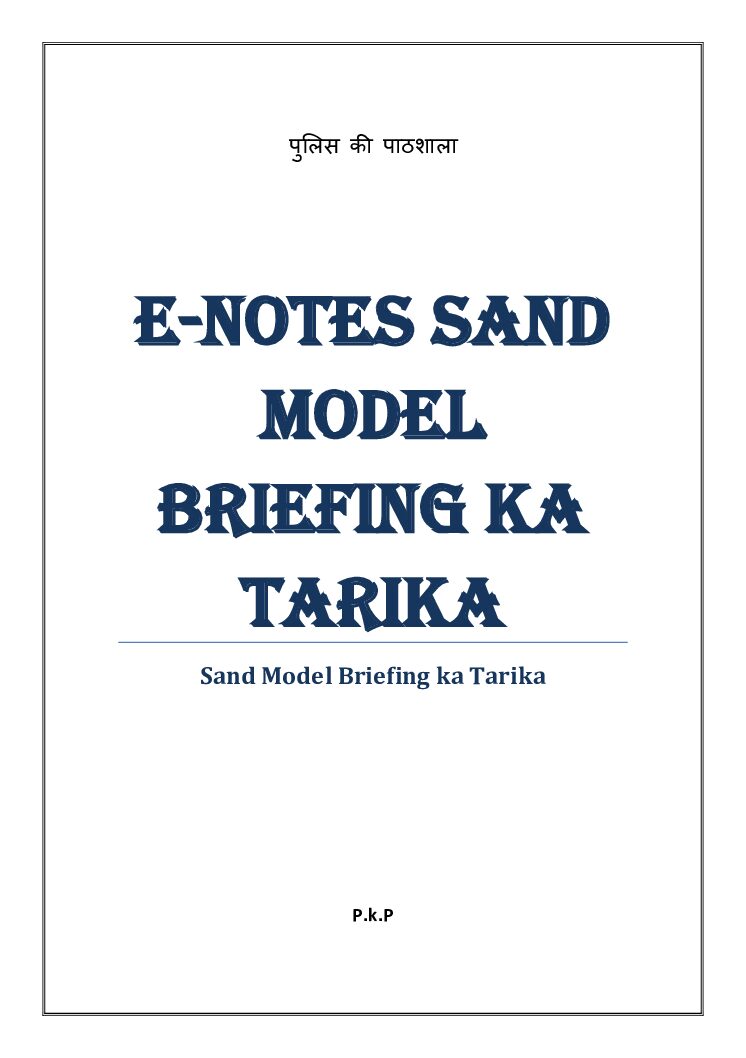Kamchatka’s East Coast: On the morning of July 20, 2025, the ground shook violently near the east coast of Kamchatka. A massive earthquake near the Russian coast was recorded. Not just one, but two powerful earthquakes hit the region. One measured 7.4 in magnitude. The second was close behind at 6.7. These earthquakes raised fear across the Pacific Ocean. I worked in the Security forces for more than 20 years and have undergone many safety-related training, which includes earthquakes, tsunamis, so I consider myself fit to write on this news to make the people aware.
A tsunami warning in Kamchatka was issued quickly. Coastal areas in Russia were on high alert. Even places like Hawaii, Japan, and parts of the USA followed the news closely. Indian officials from the National Disaster Management Authority also tracked the waves. This was not a local issue. It became a global concern.
People from India to the United States asked one common question. Why is Kamchatka now always in the news for earthquakes and tsunamis? What is happening beneath the ocean? Could a tsunami from this area affect India or the USA?
You may like this: Top 5 Mistakes to Avoid When Choosing a Golden Visa in 2025
This blog post gives you all the answers. We will explain the science behind tsunami waves. We will talk about how tsunami forms from earthquake movements. You will learn what a tsunami watch, advisory, and warning really mean. We will also explore why the east coast of Kamchatka is becoming a tsunami hotspot.
If you live near the ocean, this matters to you. Whether in Chennai or California, a wave can travel far. One earthquake in Kamchatka can send shockwaves across oceans.
Let us now explore the 7 strong scientific reasons that explain why Kamchatka’s coast is under threat. By the end, you will know what causes tsunamis and how to stay safe when one is near.
1. What Is a Tsunami and How Does It Happen?
Synopsis
Now that we know how serious the Kamchatka tsunami warning was, let us understand what causes tsunami waves in the first place. The word tsunami comes from Japan. It means “harbor wave.” But these are not just ordinary waves. They are massive and deadly.
A tsunami starts from an earthquake under the sea. When the ocean floor moves suddenly, it pushes water upward. This movement creates waves that spread fast across the sea. These waves are not always visible at first. In deep water, a tsunami may pass under ships without being noticed.
But as the tsunami waves reach shallow coastal areas, they grow taller and stronger. Sometimes they rise up to 10 meters or more. That is higher than a two-story building. These waves can flood cities, destroy homes, and take many lives in just minutes.
Tsunamis can also come from volcanic eruptions, underwater landslides, or even glacier collapses. But the most common cause is an undersea earthquake. That is why places like Kamchatka, which lie on a major earthquake zone, face more danger.
If you are a student or someone new to this topic, here’s a simple way to understand:
Imagine throwing a big stone in a pond. It creates ripples. Now imagine the ocean floor rising suddenly. It creates massive ripples across the sea. Those ripples are tsunami waves.
Knowing how tsunami forms from earthquake helps us prepare better. It also helps us understand why a tsunami warning in Kamchatka matters not just to Russia but to the whole world.
You may like this: 5 Shocking Impacts of the One Big Beautiful Bill Act on Indians Abroad
2. Why Is the East Coast of Kamchatka So Risky?
Now that you understand how tsunami forms from earthquake, let’s look at why the east coast of Kamchatka is such a dangerous place. It may look peaceful and quiet on the map, but deep below the ocean, a lot is happening.
Kamchatka lies on something called the Pacific Ring of Fire. This is a huge circle around the Pacific Ocean where earthquakes and volcanoes happen very often. Many powerful earthquakes occur here every year. Countries like Japan, Indonesia, the USA (especially California and Alaska), and yes, Russia’s Kamchatka region, are all part of this ring.
So, why Kamchatka gets tsunamis more often than many other places? The reason is what lies under the sea. The Pacific Plate is slowly sliding under the Okhotsk Plate near Kamchatka. This is called a subduction zone. When the plates grind together, energy builds up. When it is finally released, it causes a huge earthquake. If the earthquake happens under the sea, it often leads to a tsunami warning in Kamchatka.
There’s more. The ocean near Kamchatka is very deep, and it becomes shallow very quickly near the coast. This makes the tsunami waves travel fast and grow tall when they hit the shore. Also, volcanoes in Kamchatka, like Shiveluch and Klyuchevskaya, can cause more trouble. If a volcano erupts near the coast or under the sea, it can also start a tsunami.
This combination of plate movement, deep sea, and active volcanoes makes the east coast of Kamchatka a tsunami hotspot. People in Russia, India, the USA, and other coastal nations must stay aware of this growing danger.
3. 7 Scientific Reasons Why Kamchatka’s East Coast Is a Tsunami Hotspot
The east coast of Kamchatka is now seen as one of the most active tsunami zones in the world. But why is it so dangerous? Here are 7 scientific reasons that explain the high earthquake and tsunami risk in Kamchatka.
1. It Sits on a Major Subduction Zone
Under the sea near Kamchatka, the Pacific Plate is sliding under the Okhotsk Plate. This is called a subduction zone. It is the same type of plate boundary that caused the 2004 Indian Ocean tsunami. Subduction zones often produce very strong undersea earthquakes.
2. It’s Part of the Pacific Ring of Fire
The Pacific Ring of Fire is known for frequent earthquakes and volcanic eruptions. Kamchatka is right in this ring. This explains why Kamchatka is a tsunami hotspot.
3. Shallow and Powerful Earthquakes
Most earthquakes near Kamchatka are shallow and powerful. Shallow quakes cause more movement in the sea floor. That’s why they are more likely to start a tsunami.
4. Steep Ocean Floor Near the Coast
The ocean floor near Kamchatka is deep and rises suddenly near the shore. This makes tsunami waves travel faster and rise higher as they reach land. It increases the danger for coastal towns like Petropavlovsk-Kamchatsky.
5. Active Volcanoes Can Trigger Tsunamis
Kamchatka has many active volcanoes. If a volcano collapses or erupts underwater, it can also cause a tsunami. This adds to the tsunami danger zone in Russia.
6. Past Mega-Tsunamis
History shows us that this region has had tsunamis before. In 1952, a massive earthquake caused a deadly tsunami that hit the Kuril Islands and affected parts of the Pacific.
7. Fast Arrival Time for Waves
Because Kamchatka is close to deep ocean trenches, tsunami waves reach the shore within minutes. This leaves little time for warnings or evacuation.
Each of these reasons makes Kamchatka’s east coast more dangerous than it appears on the map. The earthquake and tsunami risk in Kamchatka is very real. Now that we understand the science, let us look at how people are warned in time—through tsunami watches, advisories, and warnings.
4. What Is the Difference Between a Tsunami Watch, Advisory, and Warning?
When a powerful earthquake near the sea happens, the next thing people want to know is—will a tsunami follow? That’s where tsunami alerts come in. But many people get confused between a tsunami watch, a tsunami advisory, and a tsunami warning. Let us understand what each of them means in a simple way.
Tsunami Watch
A tsunami watch is the first level of alert. It means a large earthquake has taken place and a tsunami might occur.
- Scientists are still checking the data.
- No wave has been confirmed yet.
- People should stay alert and follow official updates.
Think of it like a yellow signal. It’s not a time to panic but to get ready. If you live on the coast, be aware.
Tsunami Advisory
A tsunami advisory is issued when a tsunami is confirmed, but the waves are expected to be small.
- The tsunami may not flood cities, but it can still be dangerous.
- Strong currents and rough sea conditions are likely.
- People should avoid beaches, harbors, and ports.
Even a small wave can knock someone off their feet. In India and the USA, advisories are often issued when waves are under one meter but still unsafe.
Tsunami Warning
A tsunami warning is the most serious alert. It means large and dangerous tsunami waves are expected to hit soon.
- People must evacuate low-lying areas immediately.
- Emergency sirens may go off in coastal towns.
- It is a red alert—move to higher ground and stay away from water.
When a tsunami warning in Kamchatka or any coastal region is issued, every minute counts.
Understanding these alerts can save lives. Whether you live in Chennai, Mumbai, Hawaii, or Alaska, knowing what each tsunami alert level means is important. Up next, we will see a real example from 2025 where a tsunami warning in Kamchatka showed us how quickly things can change after an earthquake.
5. July 2025 Earthquake – A Case Study in Tsunami Risk
On July 20, 2025, the world once again saw how dangerous the east coast of Kamchatka can be. Two powerful earthquakes hit the region. The first earthquake measured 7.4 magnitude. Just a few minutes later, a second earthquake with 6.7 magnitude followed. Both earthquakes happened under the Pacific Ocean, near the Kamchatka Peninsula in Russia.
Immediately, the Pacific Tsunami Warning Center issued a tsunami warning in the Pacific Ocean. This warning covered parts of Russia, Japan, Hawaii, and even U.S. territories like Guam and American Samoa. For a short time, people feared that a giant wave could strike.
Luckily, the tsunami did not grow as large as expected. The waves stayed under two feet in many areas. But the fear was real. Coastal towns in Kamchatka were told to stay away from the sea. People in Hawaii checked emergency shelters. Even India’s disaster response teams kept a close watch.
This event shows us why we must take earthquake and tsunami news in Russia seriously. Kamchatka may seem far away, but when a strong earthquake hits the ocean floor, the waves can travel thousands of kilometers. One region’s earthquake can become a global concern.
The Kamchatka earthquake in July 2025 is a reminder that we need to stay alert. It also shows how quickly modern warning systems respond. From Russia to India and the United States, alert messages were sent out in just minutes.
6. What This Means for India, the USA, and Coastal Countries
When a big earthquake hits near Kamchatka, it doesn’t just affect Russia. It can also impact coastal countries like India, the USA, Japan, and Indonesia. This is because a tsunami wave travels through the ocean very fast—sometimes as fast as a jet plane.
Even if the earthquake happened far away, countries thousands of kilometers away might still face tsunami danger. That’s why understanding the tsunami risk for India and USA is important for everyone living near the sea.
How It Affects India
India’s eastern coast, especially states like Tamil Nadu, Andhra Pradesh, Odisha, and West Bengal, face threats from tsunamis coming from the Pacific. Though the 2025 Kamchatka tsunami didn’t reach Indian shores, past events like the 2004 Indian Ocean tsunami have taught us to stay alert.
India uses satellite-based warning systems and has set up early warning centers in Chennai and other cities. Fishermen and beach communities now receive mobile alerts if a tsunami watch or warning is issued.
How It Affects the USA
The USA has several regions at tsunami risk—Hawaii, Alaska, California, and the Pacific Northwest. When the Kamchatka earthquake in July 2025 hit, emergency teams in Hawaii went on high alert. Schools had evacuation drills. Coast Guards issued notices to ships and harbors.
The United States Geological Survey (USGS) and the Pacific Tsunami Warning Center work 24/7 to monitor earthquakes in the Pacific and issue tsunami alerts within minutes. In places like Oregon and Washington, people living near beaches follow blue-and-white signs showing the tsunami evacuation routes.
Global Safety Measures
Tsunami risk is now seen as a global concern. International systems connect countries like India, the USA, Russia, Japan, and Australia. This helps spread warnings quickly and save lives. If an earthquake happens in Kamchatka today, a tsunami alert can reach the Indian and U.S. coastlines in less than 10 minutes.
Being aware of the tsunami warning system and following safety drills can make all the difference.
In the final section, we will share tips to stay safe during a tsunami and how to teach others what to do when disaster strikes.

7. How You Can Stay Safe During a Tsunami
Whether you live near the ocean in India, the USA, or anywhere else in the world, knowing how to stay safe during a tsunami can save your life and the lives of your loved ones. Tsunamis move fast. You may have only minutes to act. But with the right steps, you can stay safe.
Know the Natural Warning Signs
Sometimes, a tsunami comes before any official alert. Here’s what to watch out for:
- A strong earthquake near the coast
- The sea suddenly pulling back, exposing the ocean floor
- A loud roaring sound from the ocean
If you notice any of these signs, don’t wait for a warning. Move to higher ground immediately.
Follow the Evacuation Plan
When there’s a tsunami warning alert, follow these steps:
- Leave low-lying coastal areas at once.
- Head to a safe zone or higher ground.
- Do not use elevators in buildings.
- Help children, the elderly, and neighbors.
- Stay updated via TV, radio, or government alert apps.
In the USA, areas like Hawaii and California have marked tsunami evacuation routes. In India, towns like Chennai and Visakhapatnam have community shelters and trained volunteers.
Prepare a Tsunami Emergency Kit
Keep an emergency bag ready at home with:
- Water bottles and dry food
- Flashlight, battery radio, and phone charger
- First-aid kit and medicines
- ID cards, cash, and important papers
- Whistle or emergency signal tools
This helps you act fast during an unexpected tsunami watch or warning.
You may like this: 7 Powerful Legal Changes in the One Big Beautiful Bill Act You Can’t Ignore (2025 Guide)
Share the Knowledge
Teach your family, kids, and friends what to do. Conduct small drills. If you run a school, workplace, or tourist hotel, post tsunami instructions in visible places. People panic less when they know what steps to follow.
Tsunamis are rare, but not impossible. From Kamchatka to Kerala, from Hawaii to Haldia, staying informed saves lives.
The 2025 Kamchatka earthquake reminded the world that tsunami risk is real, not just in Russia but also for distant shores like India and the USA. Learning how tsunamis happen, how warnings work, and how to stay safe during a tsunami alert gives us power over panic.
Always be aware. Always be ready.
Frequently Asked Questions (FAQ) – Kamchatka Tsunami Risk 2025
1. Why is the East Coast of Kamchatka called a tsunami hotspot now?
The East Coast of Kamchatka lies on the Pacific “Ring of Fire,” where multiple tectonic plates meet. In 2025, two powerful earthquakes highlighted how often seismic activity occurs here, making it one of the most tsunami-prone areas.
2. What caused the July 2025 Kamchatka earthquake?
The earthquake was caused by a sudden release of pressure between the Pacific Plate and the Okhotsk Plate. This kind of subduction-zone activity is typical in tsunami generation.
3. Was there a tsunami after the July 2025 earthquake?
A tsunami warning was issued. Although no major tsunami struck the coast, small waves were recorded. It reminded the world how quickly a tsunami can follow an undersea earthquake.
4. Can a tsunami in Kamchatka affect India or the USA?
Yes. Tsunami waves travel across oceans. While distance reduces wave energy, countries like India (especially Andaman & Nicobar) and U.S. Pacific territories like Hawaii and Alaska can still be affected.
5. What is the difference between a tsunami watch, warning, and advisory?
- Tsunami Watch: Earthquake detected; tsunami possible. Be alert.
- Tsunami Advisory: Tsunami expected; dangerous waves and currents.
- Tsunami Warning: Large tsunami expected; evacuate low-lying areas.
6. How can I stay safe during a tsunami?
Move to higher ground immediately after strong shaking. Follow evacuation signs and listen to official alerts. Prepare an emergency kit and teach your family.
7. Is the Kamchatka region monitored regularly?
Yes. It’s closely watched by Russian geological agencies and the Pacific Tsunami Warning Center. Real-time data helps issue early alerts globally.
8. How can I get tsunami alerts in India or the USA?
- In India, use the INCOIS app and follow NDMA updates.
- In the USA, use the NOAA Weather App and stay tuned to the Pacific Tsunami Warning Center.
9. Are there any historical tsunamis from Kamchatka?
Yes. Kamchatka has triggered several tsunamis, including deadly ones in 1737, 1923, and 1952. These events led to better monitoring and safety systems.
10. Can earthquakes in Kamchatka trigger volcanoes?
Yes, sometimes. Earthquakes can disturb nearby volcanoes in the region, such as Klyuchevskaya and Shiveluch, making this area even more geologically active
![]()









